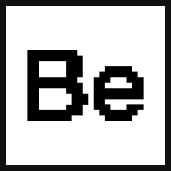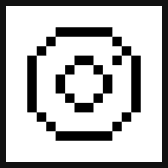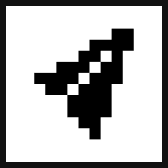









How to invent a user interface by having
a creative approach to the ordinary
how to cross-stitch
// and knowing
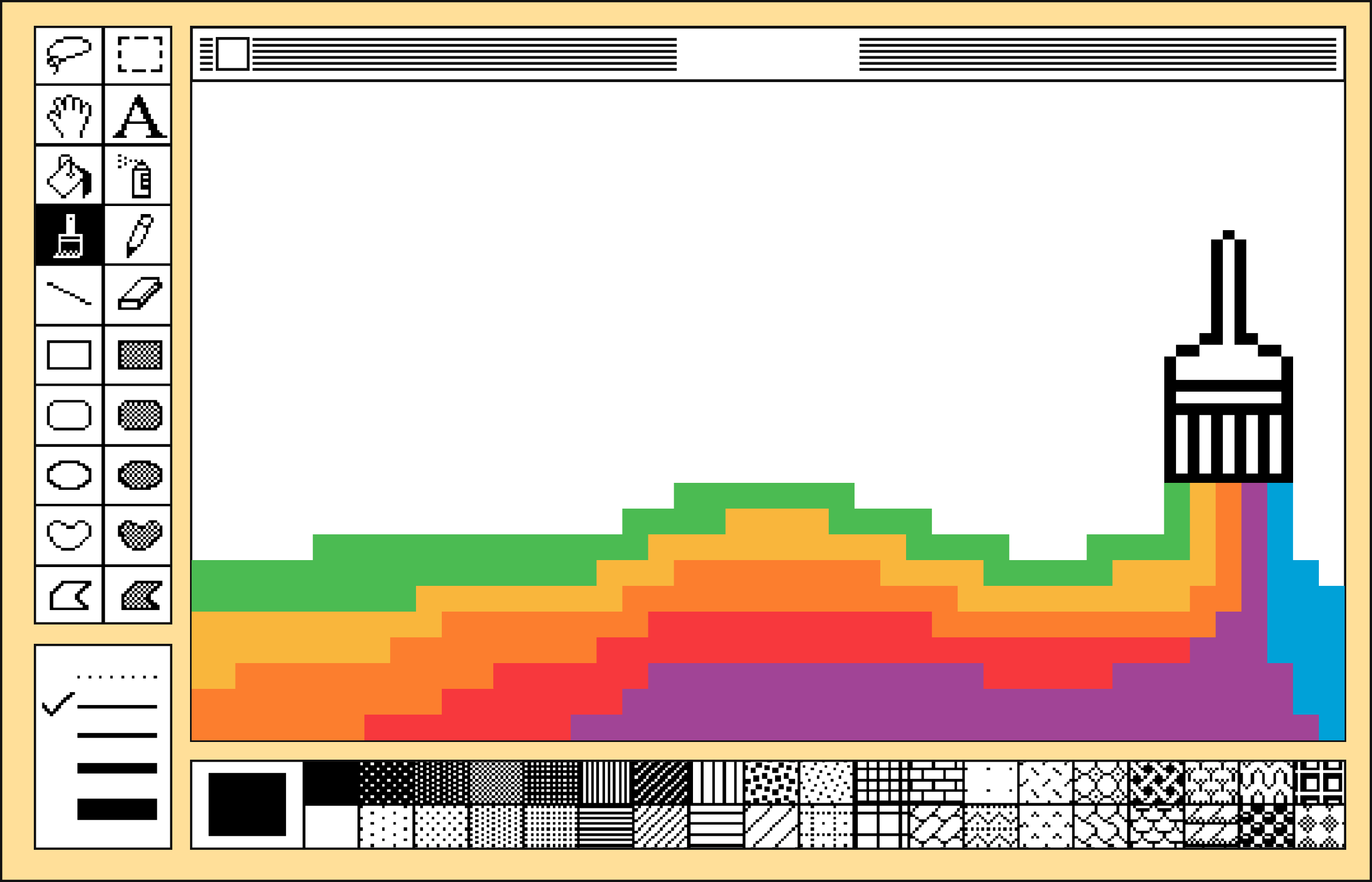
"In design, there’s not one right answer, there’s a range."
Susan

K

A

U

R
Kare



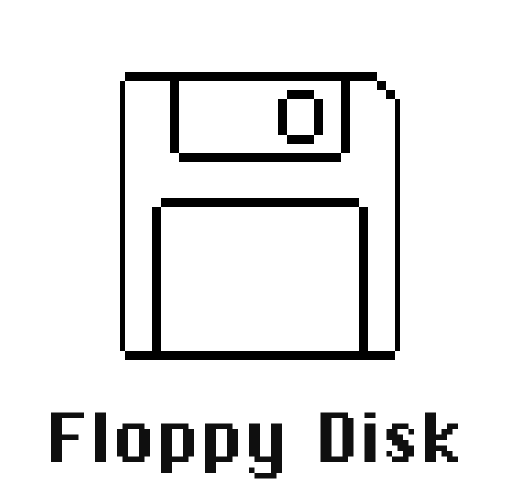
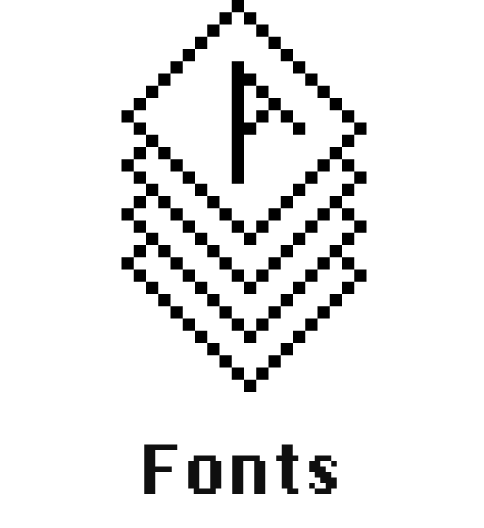
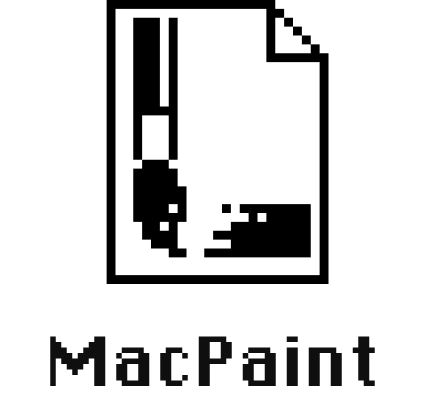


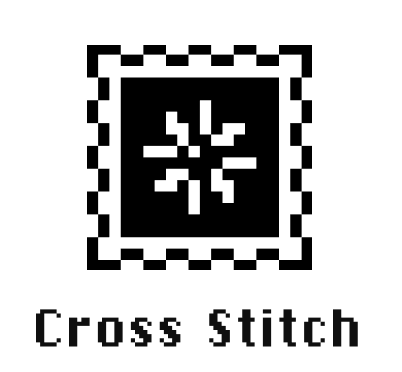
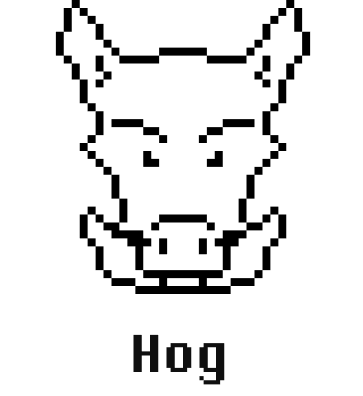

Quote

Dreamed
of
an
Susan Care was born on February 5, 1954, in New York.
After high school, Susan wanted to continue studying art at university. She moved to San Francisco and got a job as a curator at the Museum of Fine Arts.
she soon realized that she was standing still — it was the time to go after her dream.
From the first grade her favorite subject was fine arts, and already then she decided that she wanted to become a world-famous artist.
She quit her job, opened a studio in her garage and started working as a sculptor.
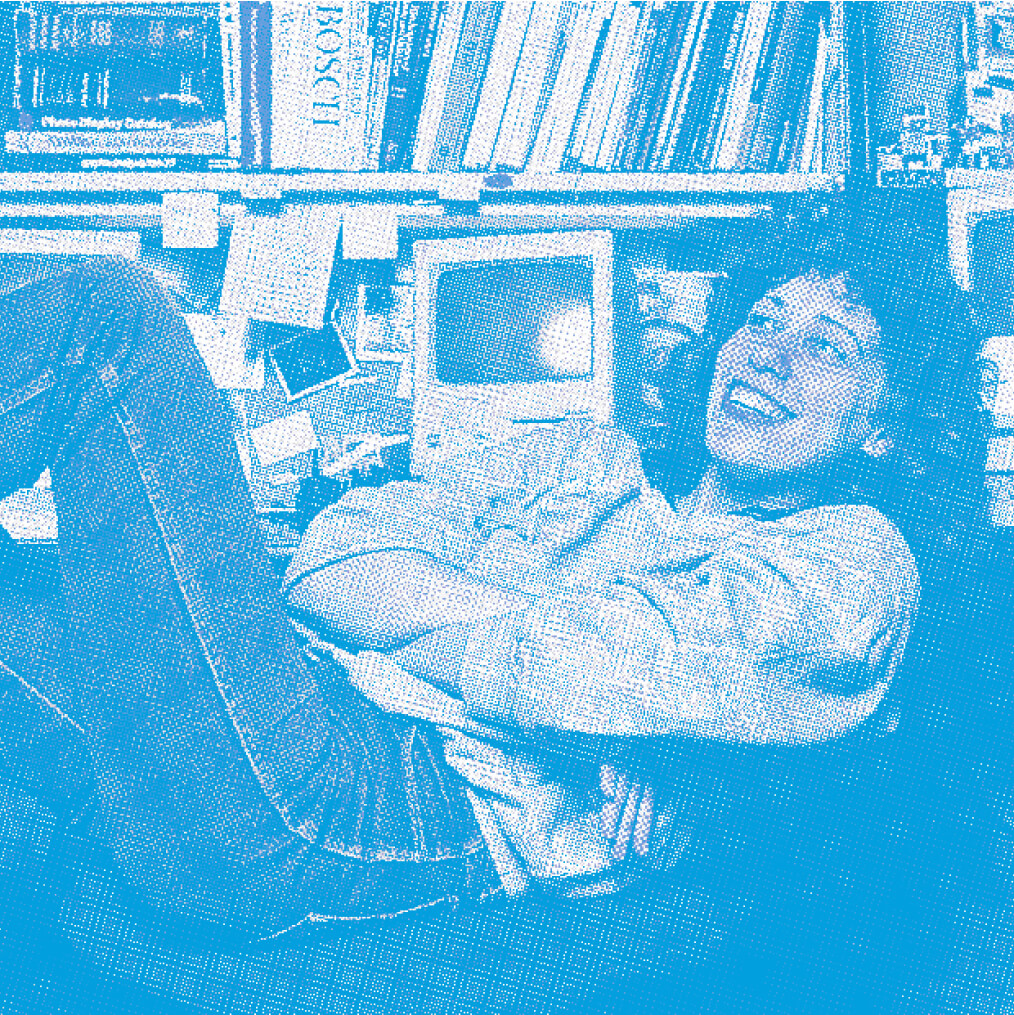
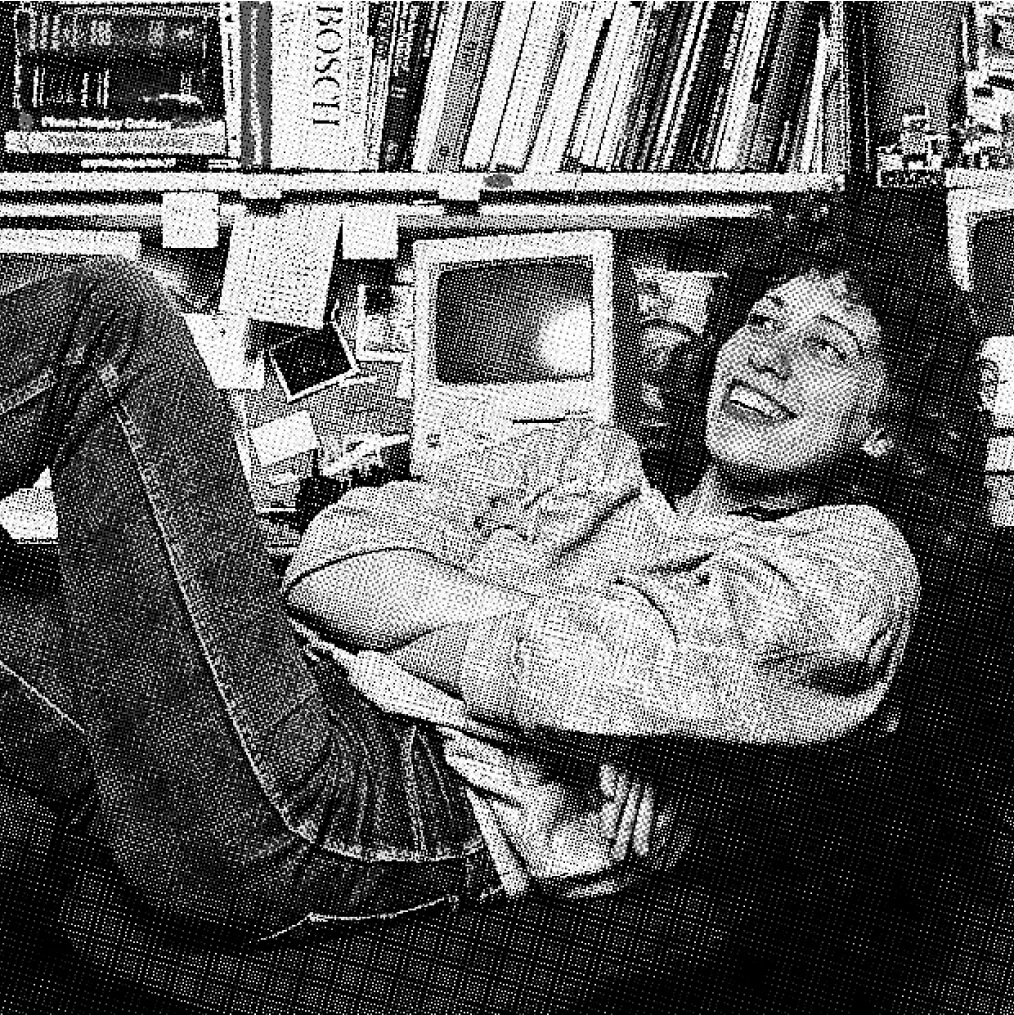

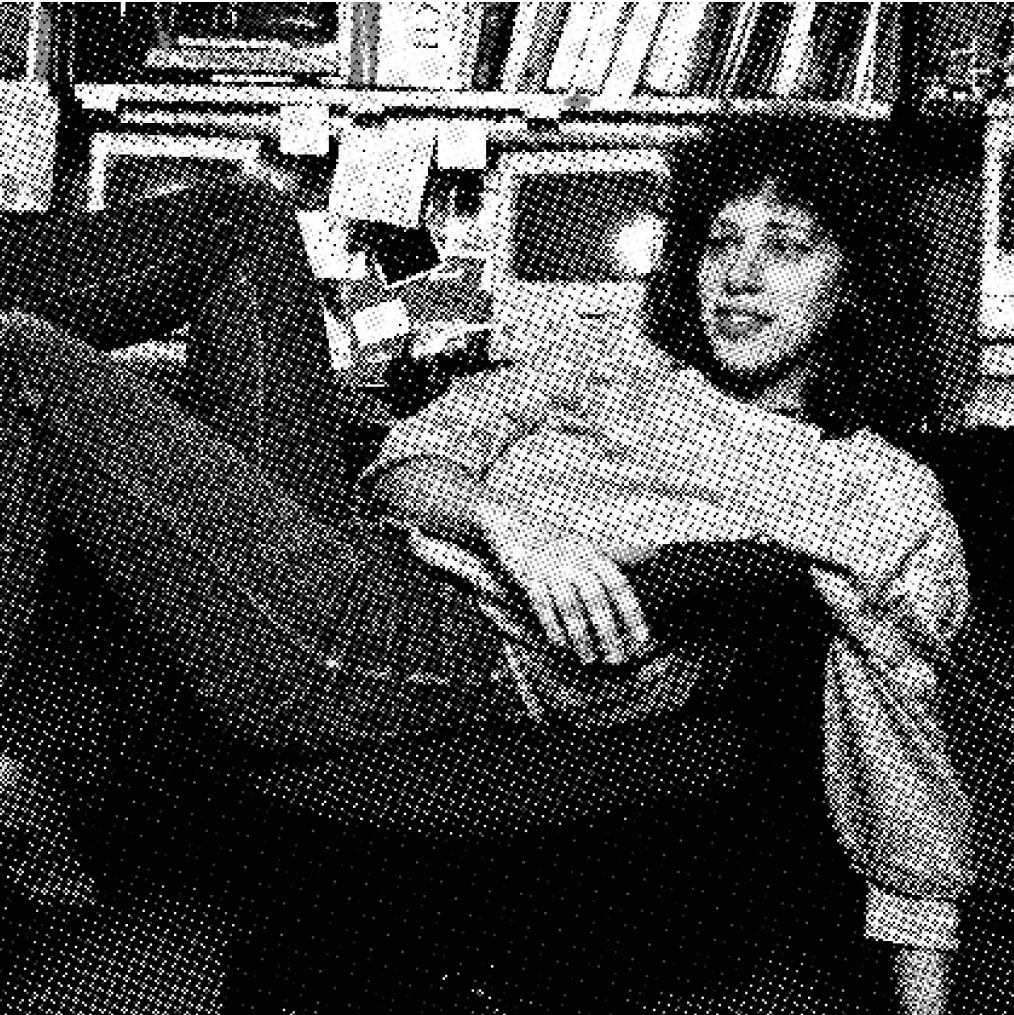
being
artist
“it
she was living in Palo Alto and working on a life-size sculpture of hog for the Hot Springs Museum in Arkansas.
At the time Susan got the call from her high school friend Andy Hertzfeld,
is
to

Andy was working as a program architect in the operating system for Macintosh, and offered her to work with the company. Susan thought it would be quite interesting.
For the interview, Susan made a few sketches of icon ideas on graph paper. Her drawings were enough — she was hired immediately.
“I went to the library at Palo Alto and got out every book I could find about typography to take to the interview,
I created some images in a book with graph paper beforehand, and it was all they needed. The interview took about 5 minutes before ‘when can you start?‘”
To show how much I ‘knew‘ about this.





Macintosh Artist
going
be
interesting”




“I
My
was
Susan wasn’t very tech-savvy at the time, but she had some special advantage since childhood.
for her, bitmap graphics was like cross-stitching
because her mom was into needlework and taught Susan
counted сross-stitch,
where identical squares make a picture
just like on a display screen.
into
was
mom









lucky —
needlework”




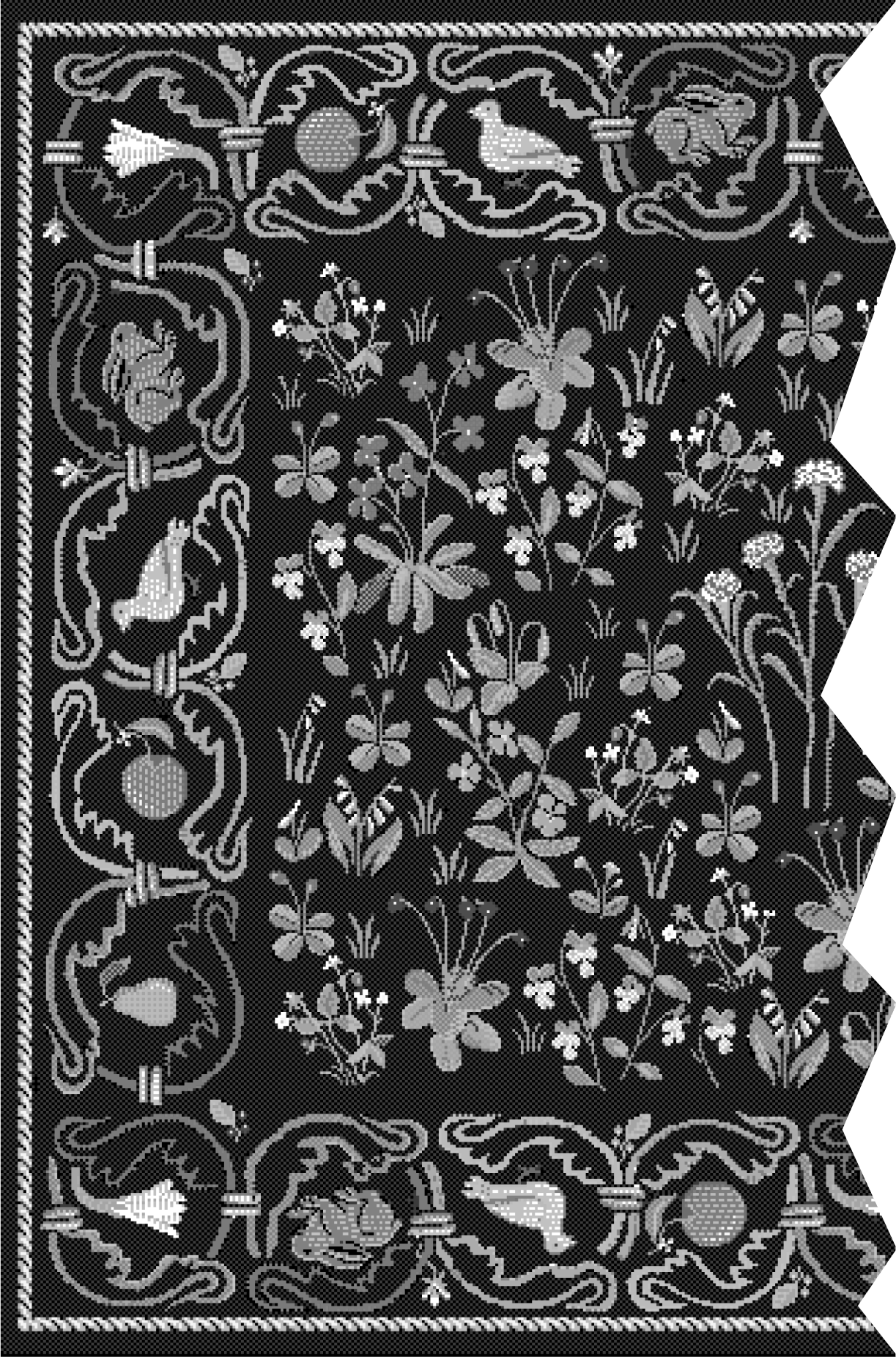
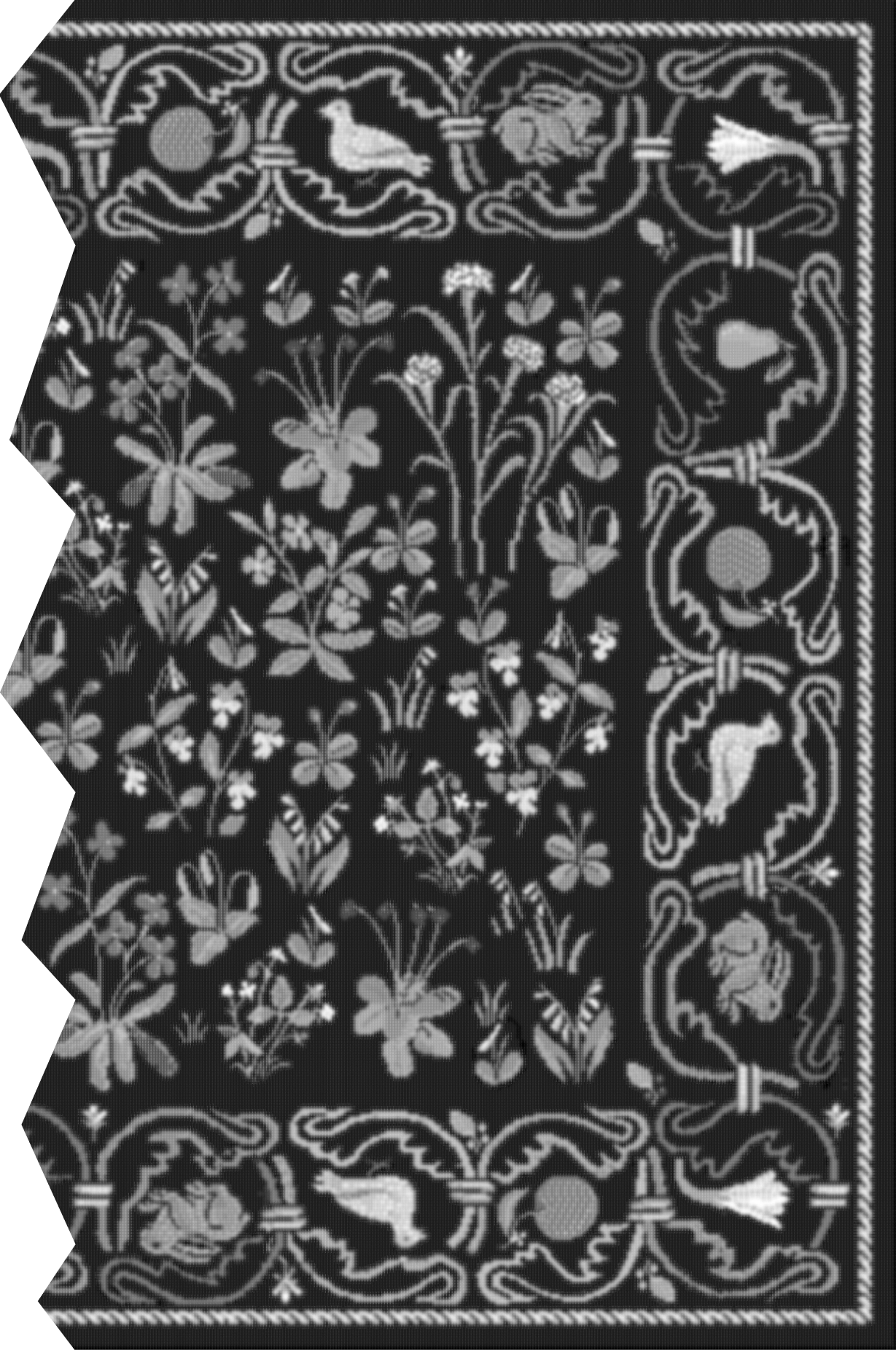


icon
Susan has always used metaphors in her iconography, and most of the icons she created for the original Macintosh can still be seen in modern computer programs such as Word and Photoshop —
Created in a notebook with graph paper, Susan's original drawings are now known to millions of users
all because they are intuitive and user-friendly, even for people far removed from technology.
of





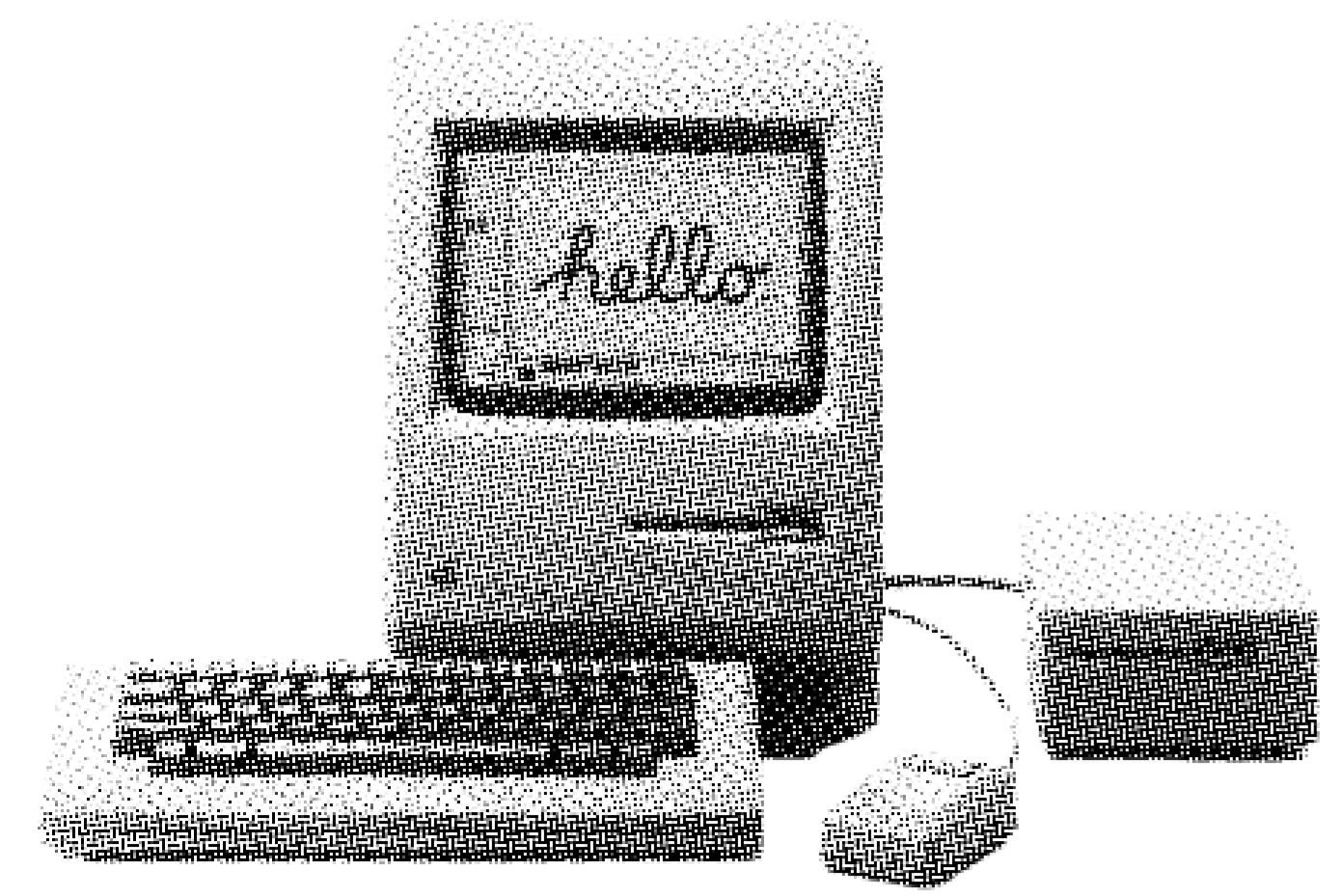
icons
For example, the symbol for the Command key, which is still on the Apple keyboard, as Susan says, was very difficult to come up with.
Susan managed to come up with symbols for the most abstract concepts
Even when nothing seemed to work
At first, the Apple logo was used for this key,
but Steve Jobs complained:
Too
screen!
apples
many
the
on
Susan
Her concept for the key plays on the Saint Hannes cross
In one of her books on symbols, she finally found what she was looking for.
which in 1950 was a symbol for a "landmark" in Finland, and even a road sign in Scandinavia.
And many years later, Susan got to learn that there’s Borgholm Castle in Sweden, which has the same shape on top.
looked
metaphors


























Pixel Art Pioneer
for
fonts,
while most of the common fonts at that time were monospaced.
Susan created the first sets of proportional fonts For Apple,
clear
for
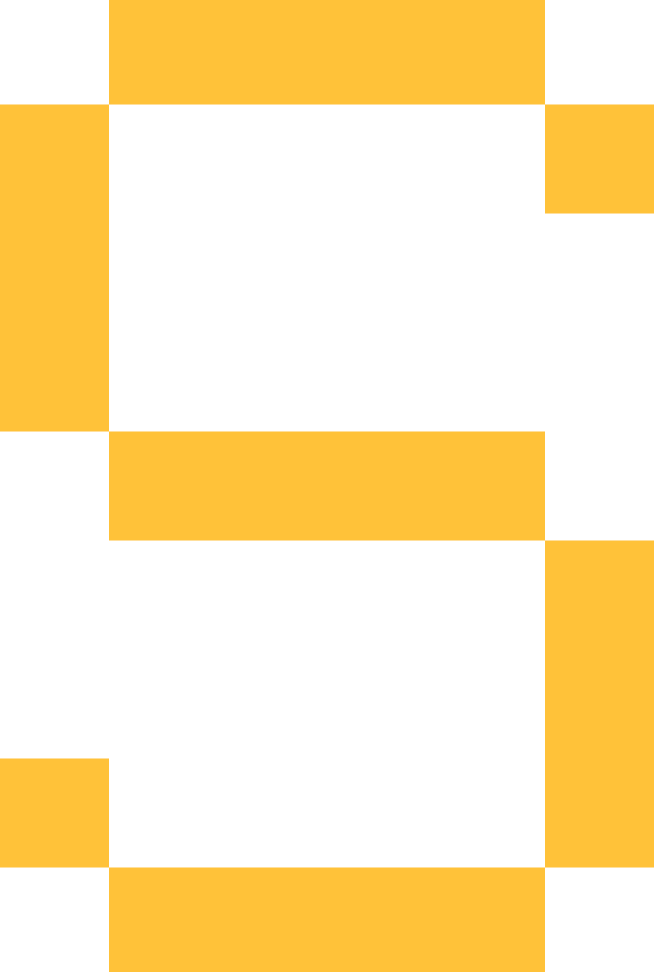
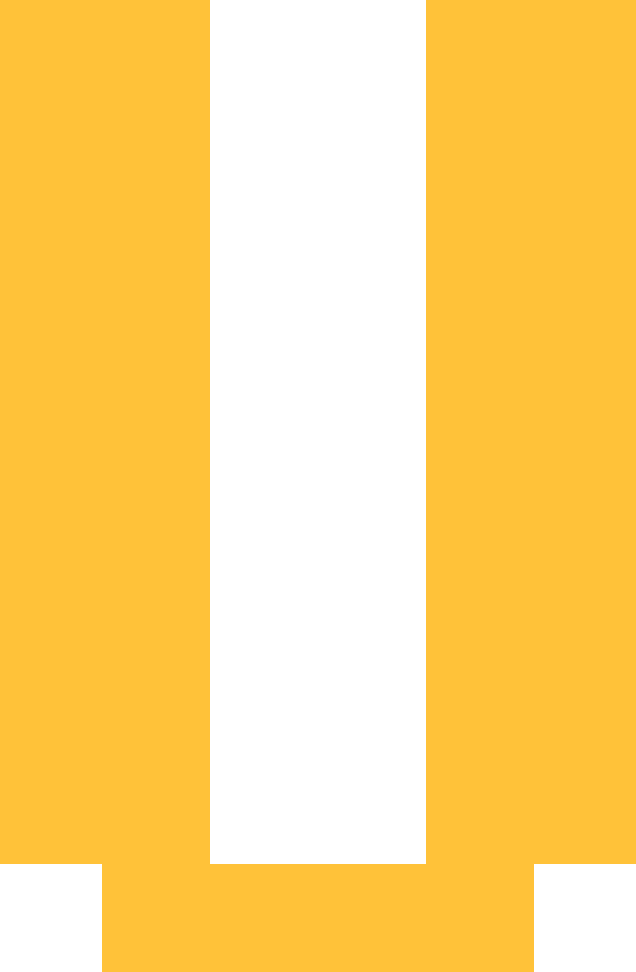
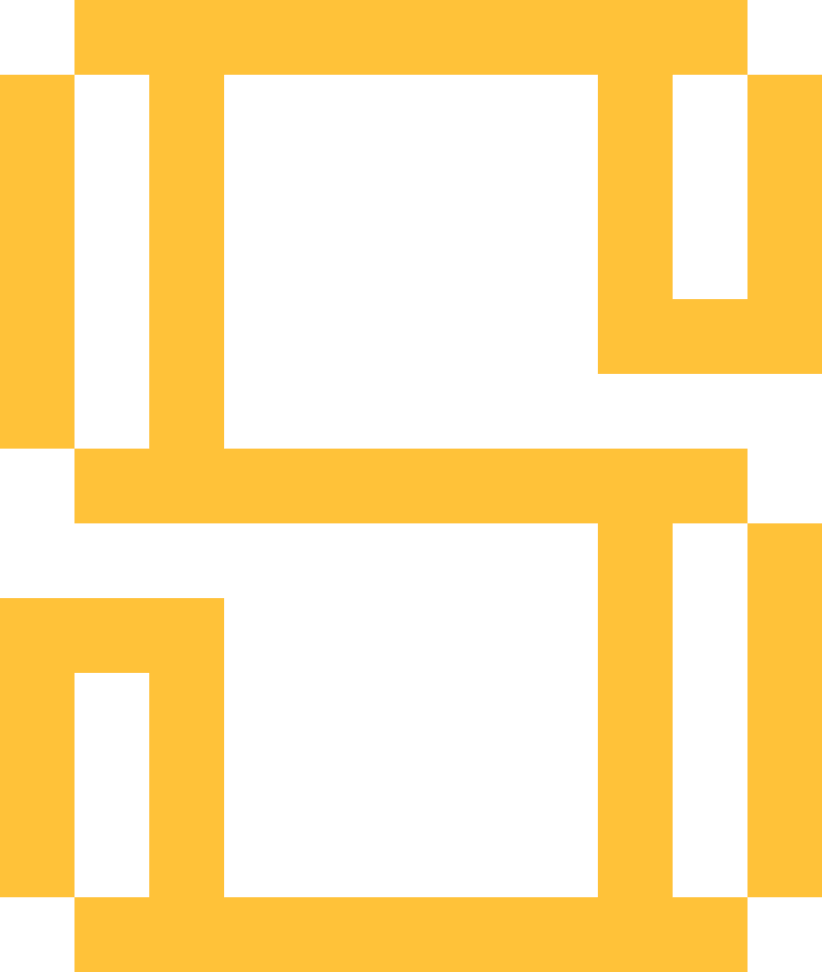

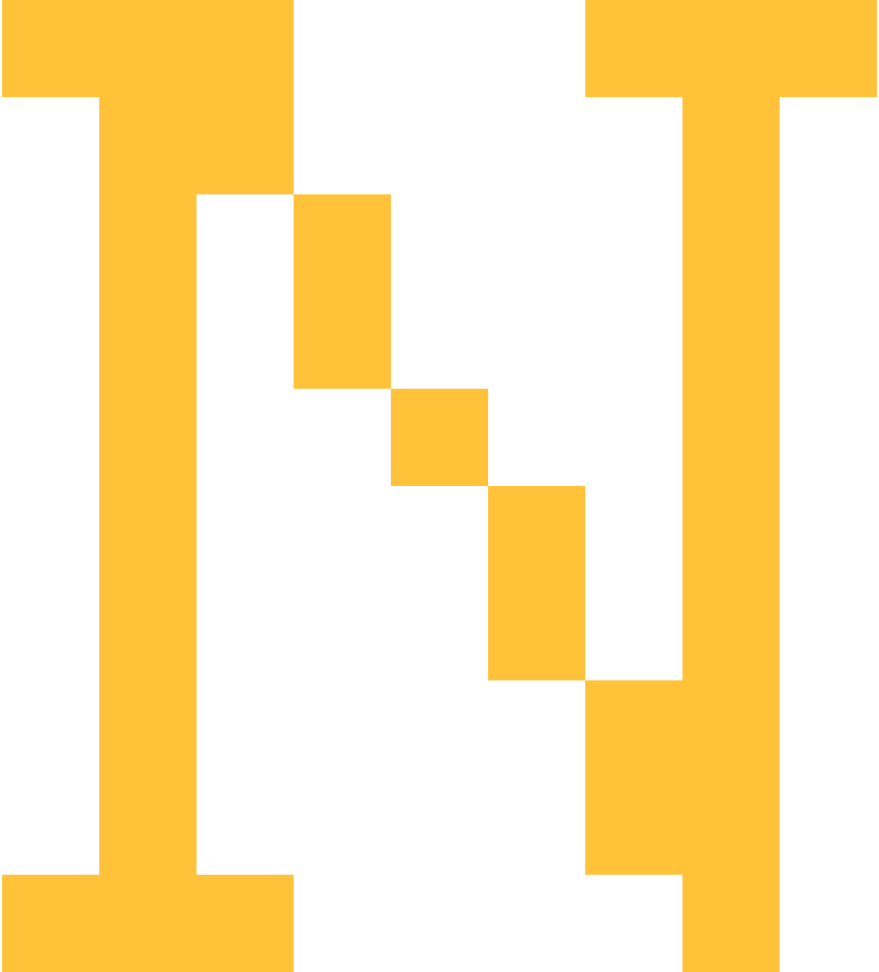
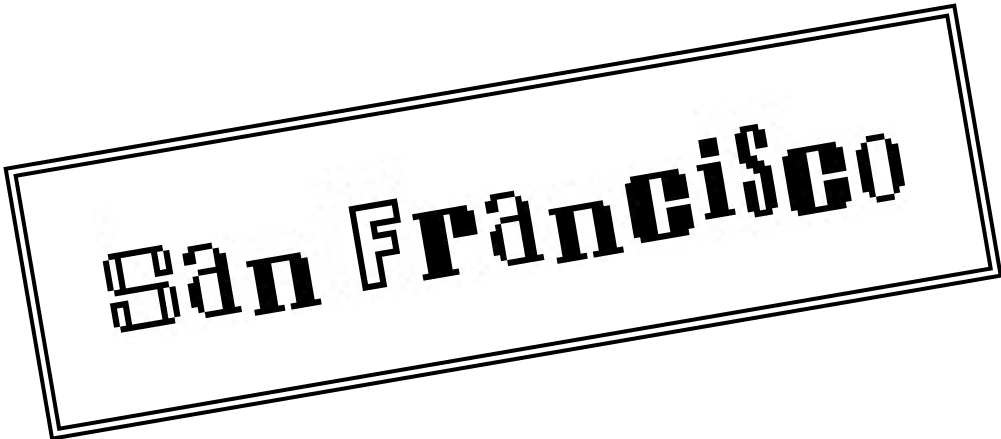
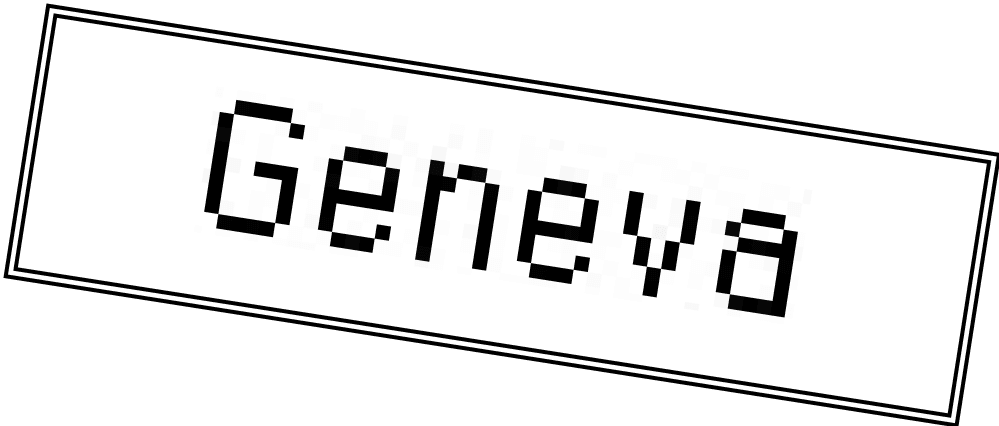
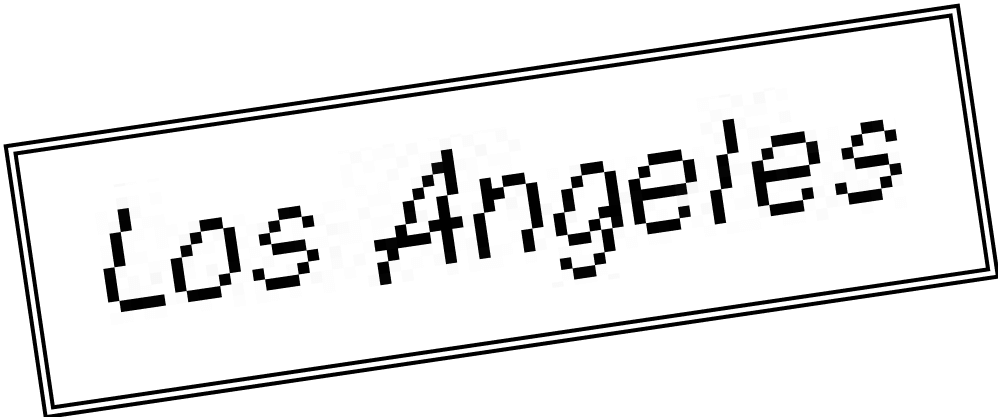
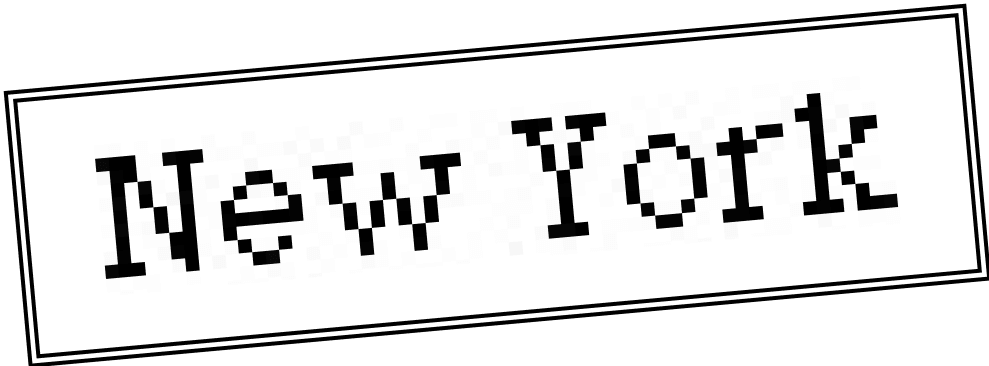
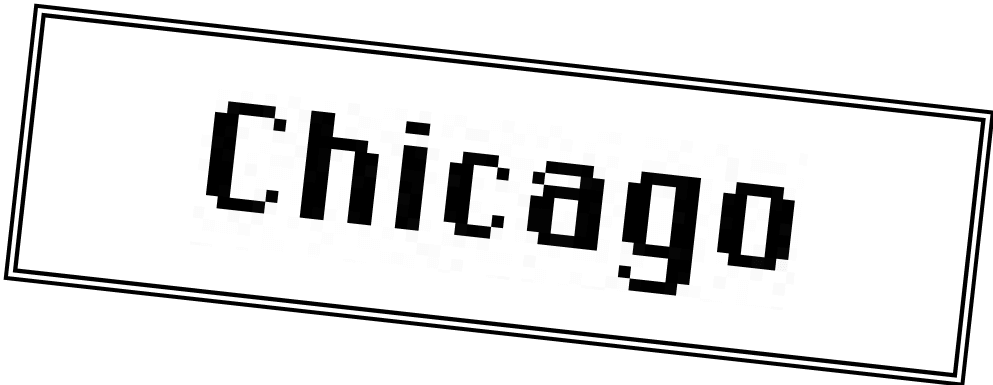
// hover on any letter to find out
everyone
and,
first
emoji
of
or, as Susan put it, "a set of fun modern hieroglyphics".
the Cairo typeface
Yes, that's right! In 1984, Susan created
It consisted of miniature images that users could insert into their text.


// Clarus the Dogcow — one of the most iconic characters Susan created — it is an image of funny little dog originally mistaken for a cow.
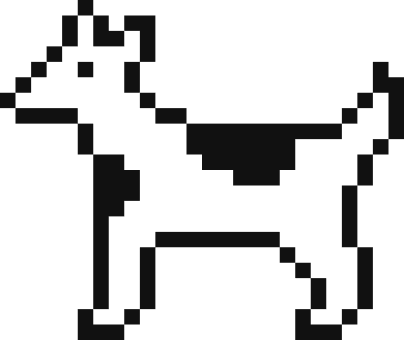


Now find the doggy key with magnifier
course
design
Her influence on modern graphical user interface cannot be overstated.
Susan Kare is a unique designer.
legend
She brought an artist's view into the world of engineers and programmers. They call her "the woman who gave computer a smile".
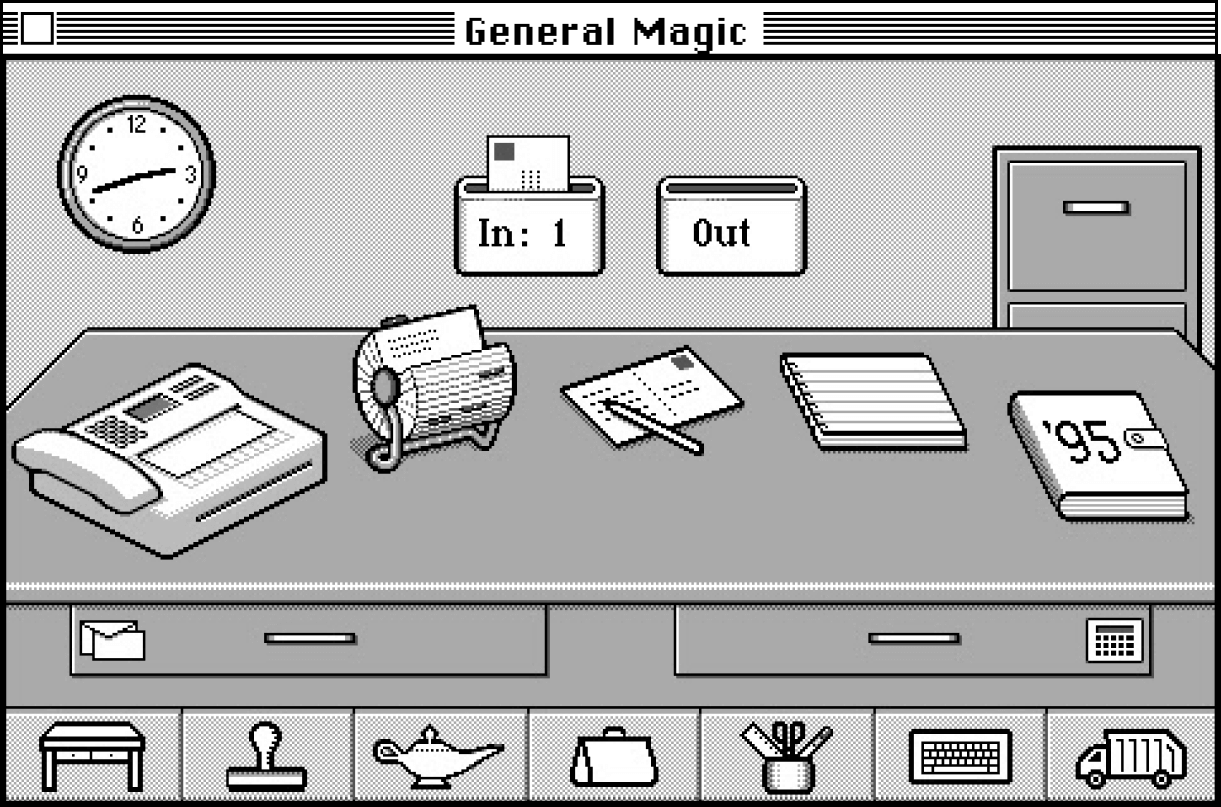
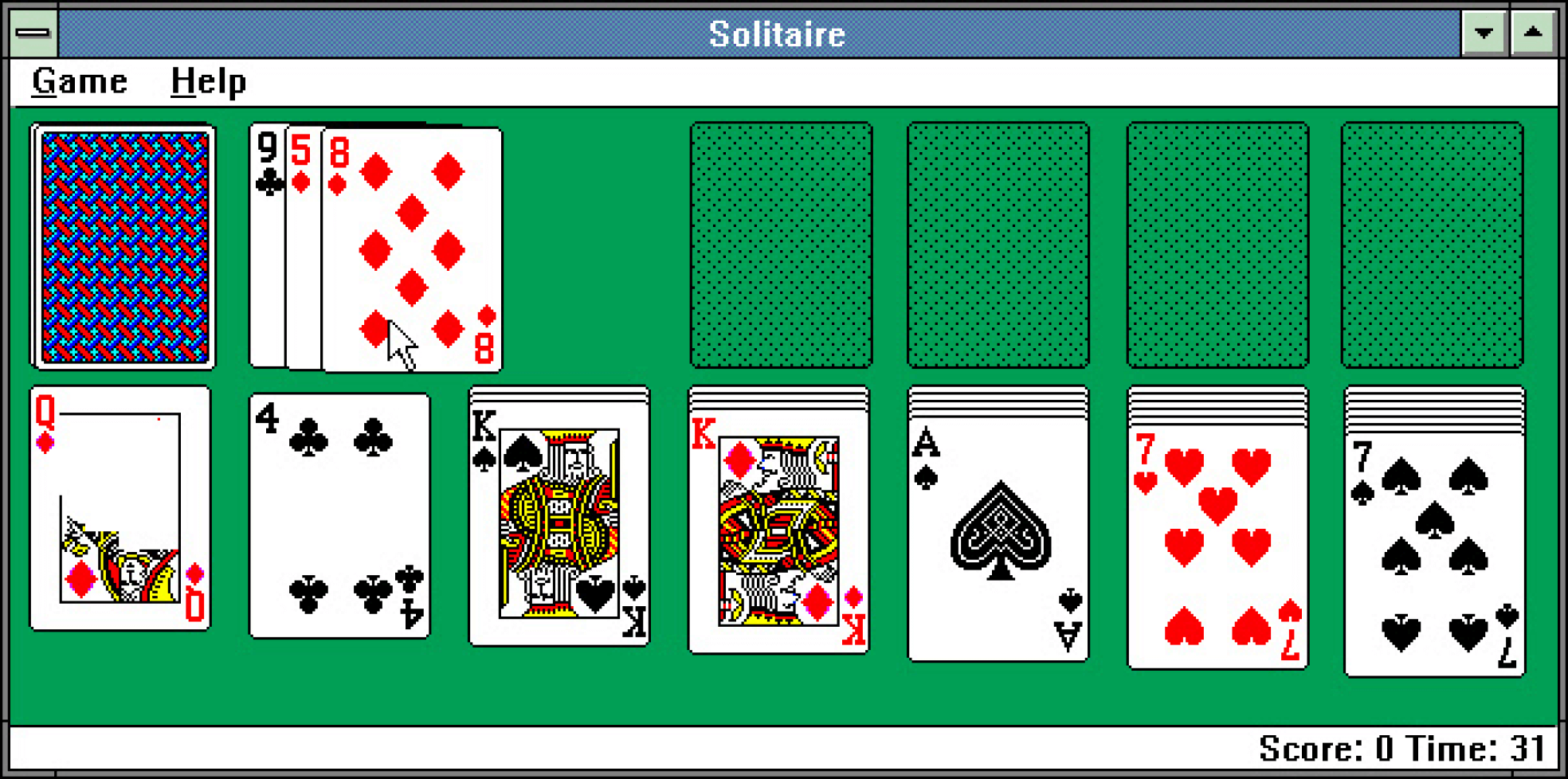

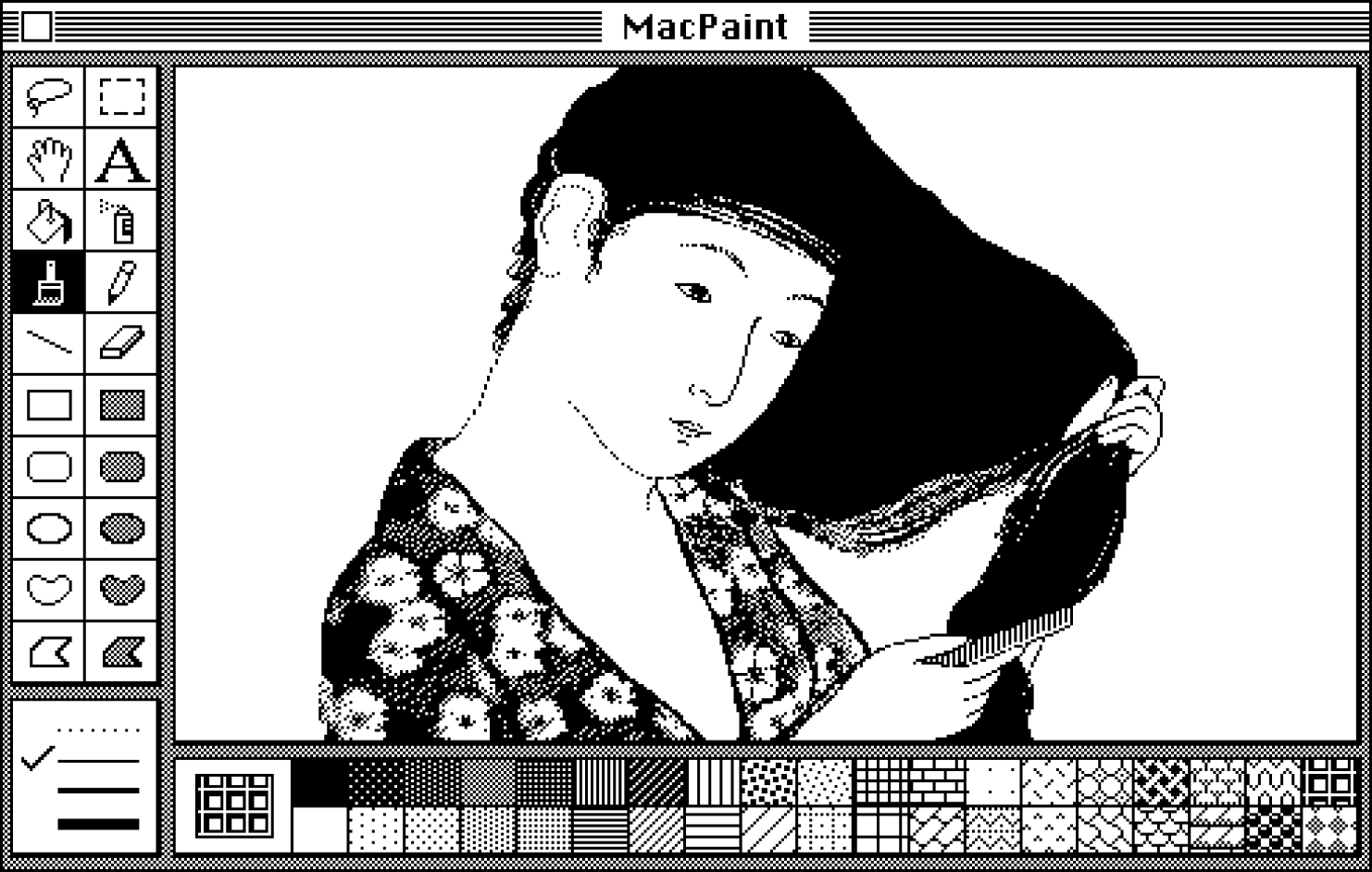



She has created unique GUI elements for major companies.
On behance designers comment her posts with "legend"
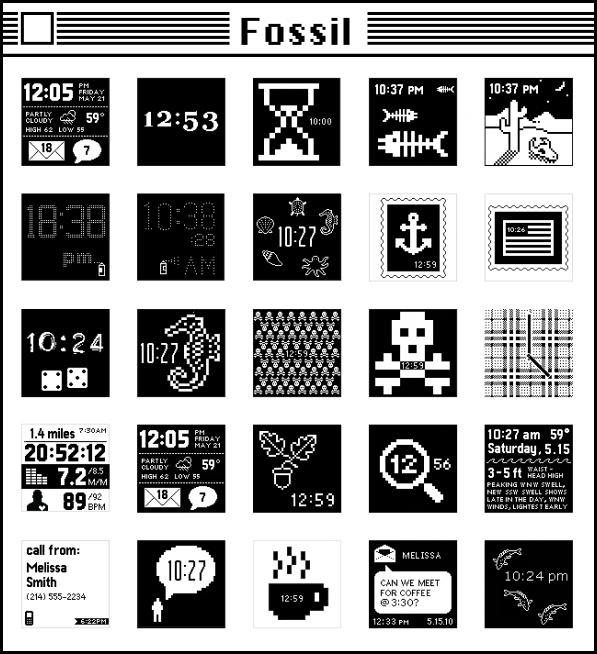



these pixels were assembled by
Anastasia


Prokhorova
and belong to their respective owners
A non-commercial project
created within Citadel.study course
Longread Designer
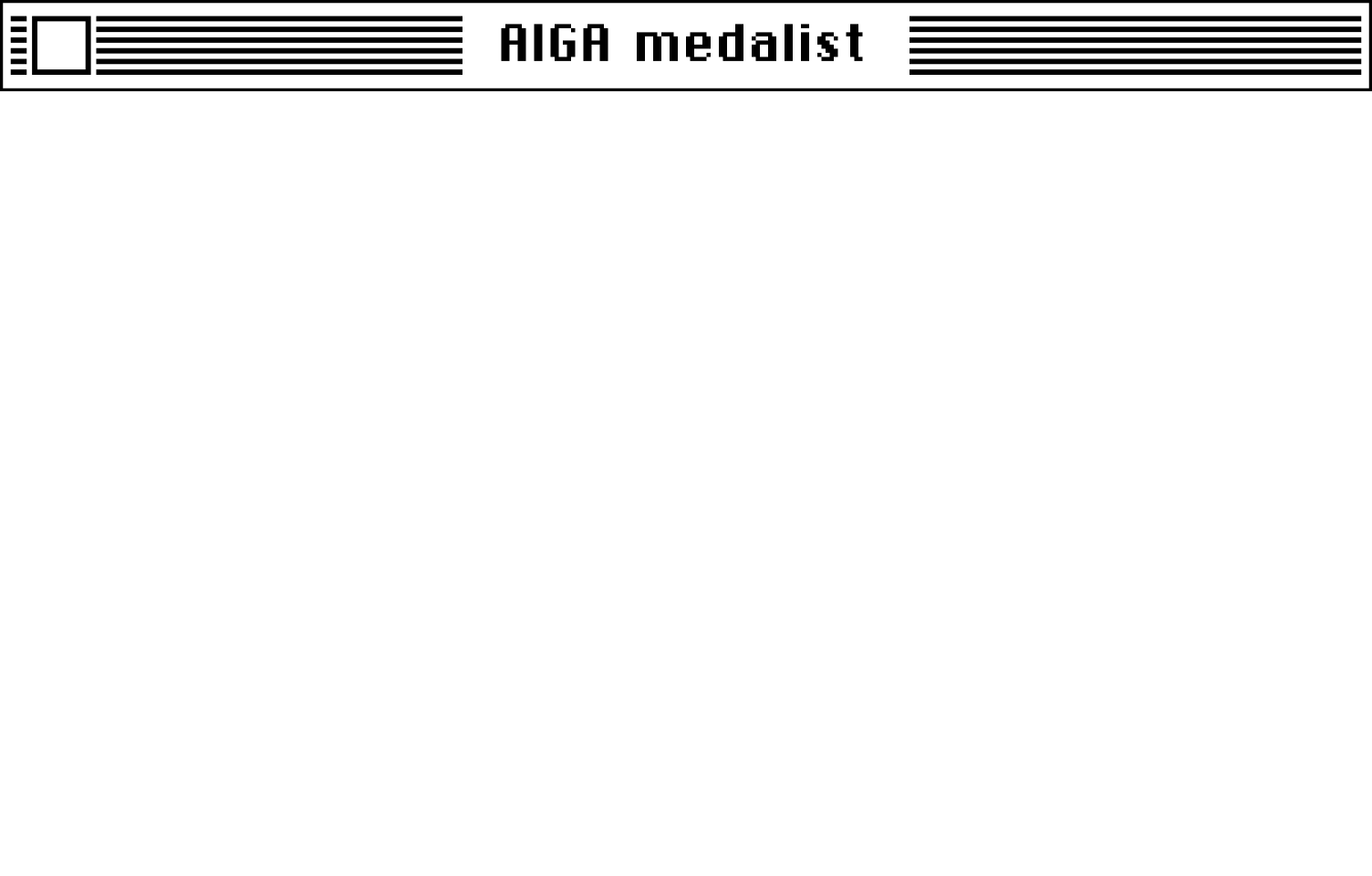

skillbox.ru
behance.net/susankare
gsmmagazine.co
ilyabirman.ru
ru.wikipedia.org
sources
Design & layout —
Anastasia Prokhorova
